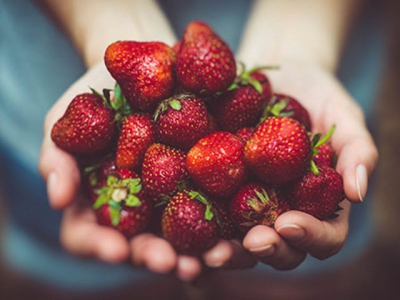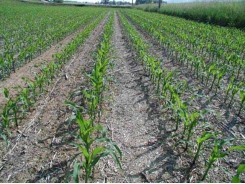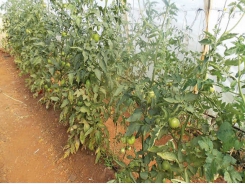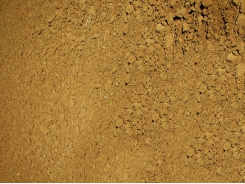Seven crops to plant in late winter

Virtually all fruiting trees, shrubs and vines can be planted during their winter dormancy as long as the ground isn’t frozen. But when it comes to smaller edibles — the sort that can fit in an average garden bed — the options are more limited. The following crops can not only survive being planted while dormant but also thrive.
A select few fruits and vegetables can be planted long before the rest.
Plant them as soon as the ground thaws in your area and deep freezes are no longer expected. They can go in the ground about a month before other garden vegetables because you’ll be planting them as dormant roots. If you can’t find these crops locally at this time of year, purchase them online from a mail-order supplier. It’s best to cover them with a two-inch layer of straw mulch after planting to protect the roots in case of an unexpected late freeze. The first leaves will begin to poke through the mulch in early spring.
Strawberries
You can order dormant strawberry plants in winter for much cheaper than you can buy potted ones in spring. Simply bury the spidery roots and leave the leafless tops poking just above the soil. They will produce strawberries for two or three years before replanting is required.
Asparagus
Asparagus is rarely grown from seed and usually planted as dormant “crowns” — a gangly bunch of roots — in late winter. Plant the roots at the bottom of 10-inch-deep trenches, with the buds at the center of each crown pointed upward. Cover with a couple inches of soil, as well as mulch. In spring, remove the mulch and fill in the trenches as the spears grow skyward. They won’t be big enough to harvest in the first year, but you won’t have to repeat this laborious process again anytime soon because the planting will produce spears for over a decade.
Rhubarb
Rhubarb roots look like an intertwined clump of brown carrots. Simply plant them in a shallow hole with the stems at the top, sticking out just above the ground. You can harvest the stems for five years or longer before the crop peters out and must be replanted.
Horseradish
Plant this white fleshy root an inch or two below the soil and it will quickly grow into a massive clump of horseradish. Once established, you can dig a portion of the roots from one side of the plant whenever needed. The clump will soon recover and continue to expand (horseradish can be somewhat invasive, so plant it in a pot or wherever it has room to spread). This perennial crop will produce indefinitely without replanting.
Potatoes
Cut store-bought potatoes into one- to two-inch chunks (choose organic ones because they aren’t treated with growth inhibitors), with at least one “eye” on each. Plant them in a six- to eight-inch-deep trench, with the eye facing up. As with asparagus, fill in the soil as they grow. Potatoes are an annual crop that must be replanted each year.
Onions and Garlic
If you’re growing these crops from seed, you must wait until spring. However, you’ll have a much earlier harvest if you plant them as bulblets — often referred to as “sets” — in late winter. Plant them with the pointy tip even with the surface of the soil. These are annual crops.
Related news
Tools

Phối trộn thức ăn chăn nuôi

Pha dung dịch thủy canh

Định mức cho tôm ăn

Phối trộn phân bón NPK

Xác định tỷ lệ tôm sống

Chuyển đổi đơn vị phân bón

Xác định công suất sục khí

Chuyển đổi đơn vị tôm

Tính diện tích nhà kính

Tính thể tích ao



 10 new vegetables and herbs for your garden…
10 new vegetables and herbs for your garden…  Better plant survival and germination in hot, dry…
Better plant survival and germination in hot, dry…